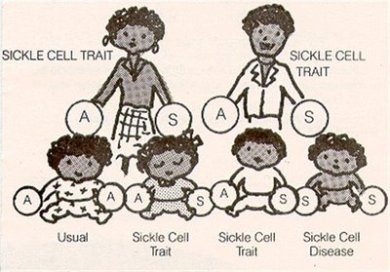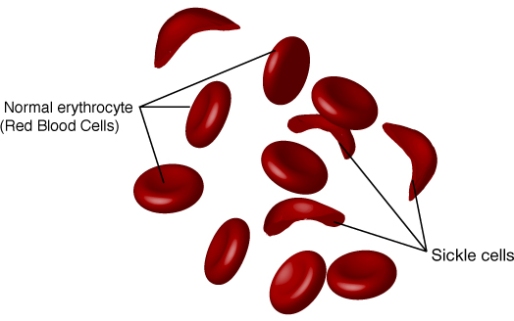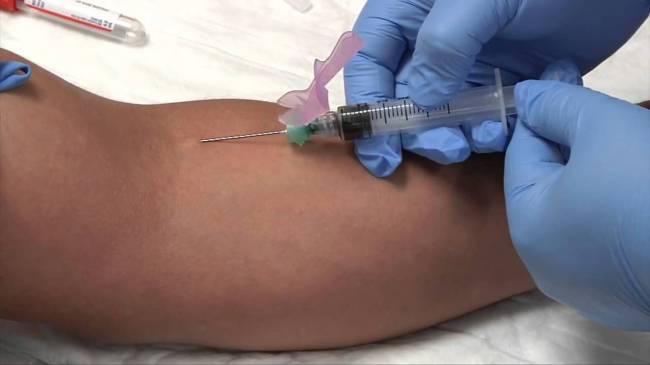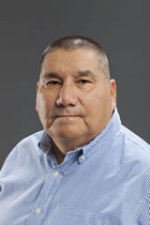This is one of the sickle cell disorders. It is the commonest in this part of the World. It is estimated that approximately 25% of the population have the sickle cell trait (AS). In Nigeria, it is estimated that about 100,000 babies are delivered yearly with sickle cell anaemia. Sickle cell anaemia occurs when two individuals with haemoglobin type AS get married. The outcome of this is that anytime the woman is pregnant, there is a 25% chance that the baby is going to have Haemoglobin type SS. 
Sickle cell anaemia is a problem of the blood where an individual is born with Haemoglobin type SS. Haemoglobin is the substance in blood responsible for the transfer of oxygen from one part of the body to the other. Individuals with sickle cell anaemia cannot transport oxygen properly in blood. The haemoglobin forms crystals whenever oxygen concentration drops in the blood. This then leads to sickling of the red blood cells, hence the name sickle cell anaemia. The sickled cells then block blood vessels leading poor blood flow to vital parts of the body. The organs become ischaemic and may become infarcted. 
The earliest sign of sickle cell anaemia is swelling of the hands and feet in the first year of life. This usually occurs from the age of 6 months. The children are also prone to recurrent bone pains as well as body pains. They will be weak and get fatigued easily as a result of the anaemia. The anaemia results from the excessive destruction of the sickled cells by the spleen. The children will also have jaundice which is a yellowish discolouration of the eyes. More severe complications include stroke, priapism, kidney problems and leg ulcers among others.
It is important that a child should get to start seeing a specialist once the diagnosis of sickle cell is made. This will prevent some of this problems. Prevention is for individuals who are Haemoglobin type AS to refrain from getting married. 
LABORATORY DIAGNOSIS OF SICKLE CELL DISEASE
There are several techniques which include: – Full Blood Count (FBC)/ Film Reading – Haemoglobin Electrophoresis – Use of amniotic fluid for prenatal diagnosis (Amniocentesis) – Sickling test – Solubility test The routinely carried out techniques at St Nicholas Hospital laboratory are Electrophoresis, FBC and blood film appearances. In electrophoresis there is migration of different haemoglobin variants in an electrically charged field. This separates the haemoglobin variants and they are identified accordingly. FBC reveals anaemia,i.e. the low level of patient’s packed cell volume (PCV), increased WBC count etc.The blood film will show the red cell morphology which is sickled in shape (i.e. crescent), nucleated RBC and target cells with distortion in sizes and shapes of the RBCs. It is advocated that sickle cell carriers should seek to marry non-sickle cell carriers to avoid increased population of individuals with the sickle cell disease.









